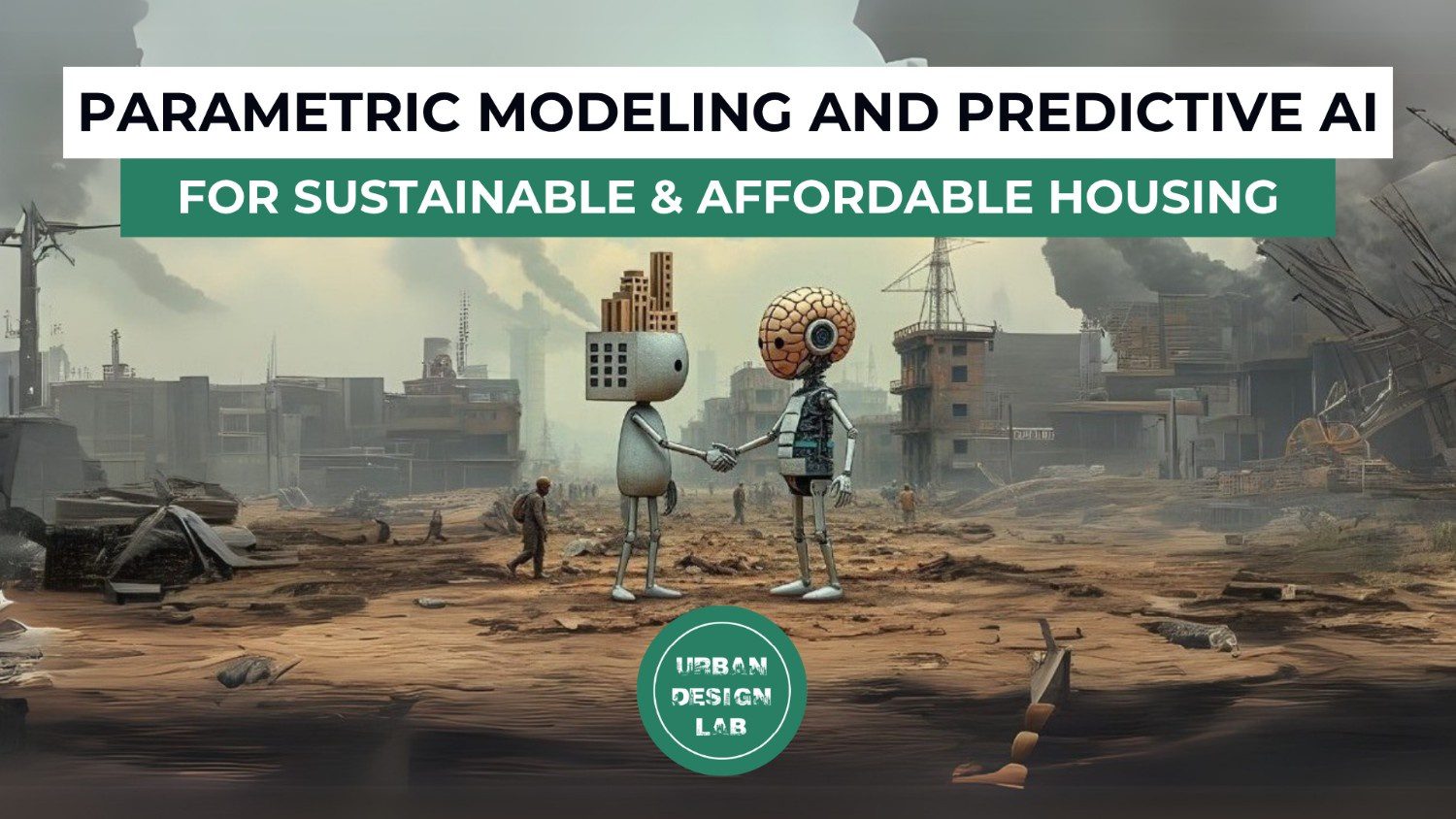
Parametric Modeling and Predictive AI for Affordable and Sustainable Housing
Dive into how the fusion of parametric modeling and predictive AI can revolutionize affordable and sustainable housing.

Dive into how the fusion of parametric modeling and predictive AI can revolutionize affordable and sustainable housing.
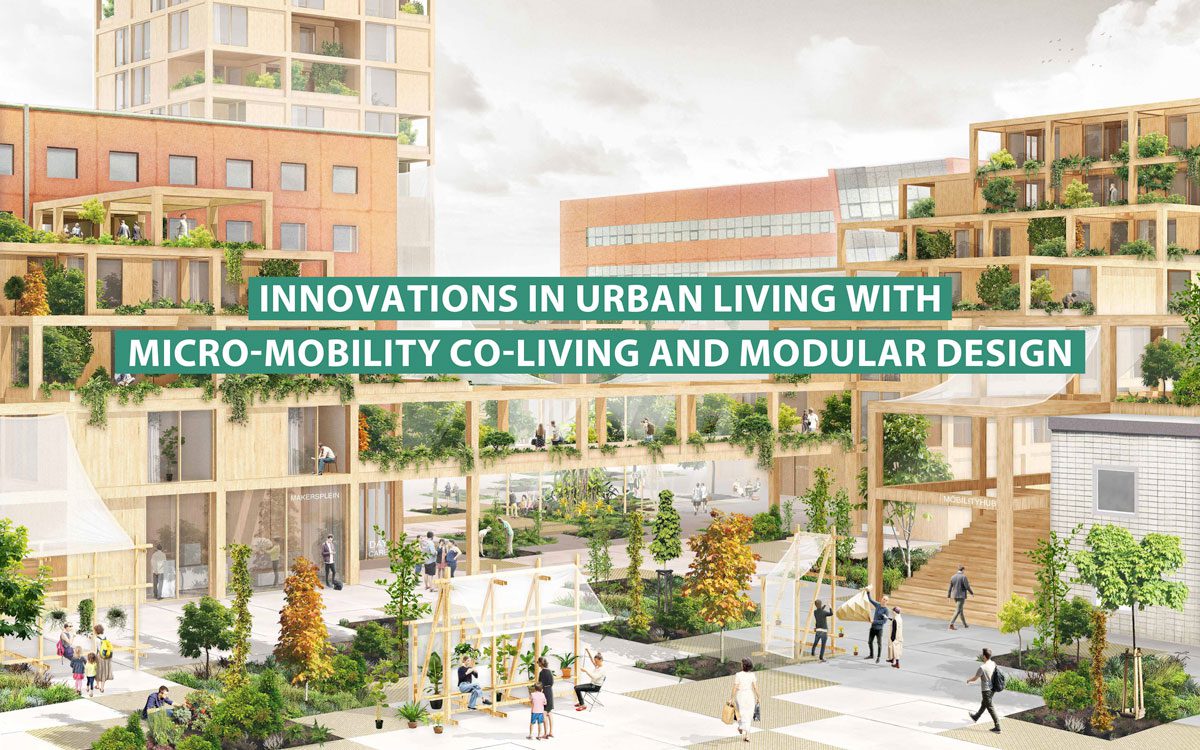
Co-living offers a sustainable and flexible housing model combining private and shared spaces. By integrating modular design and micromobility, it supports diverse lifestyles and fosters inclusive urban communities.
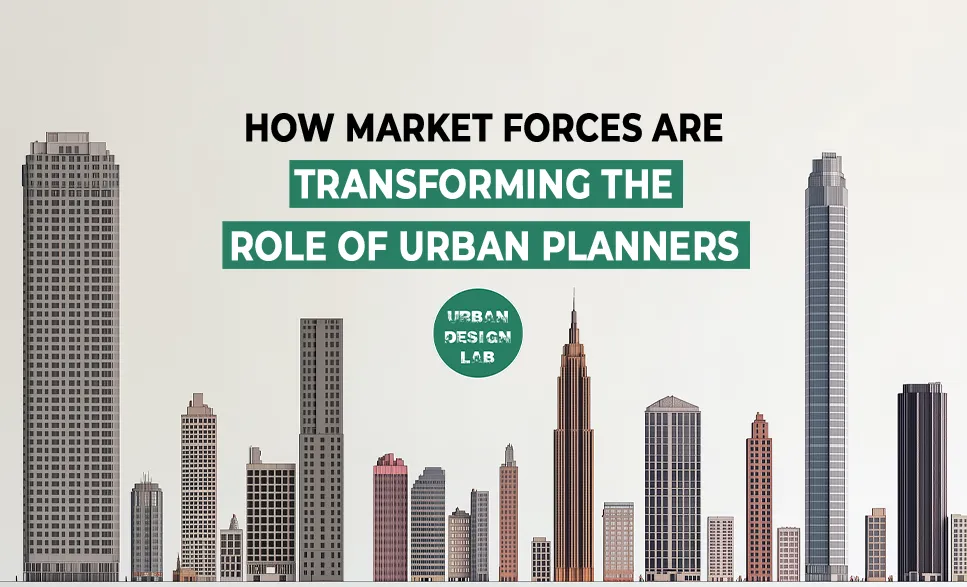
In the ever-evolving landscape of urban development, the interplay between state and market forces is reshaping the role of urban planners. As cities worldwide grapple
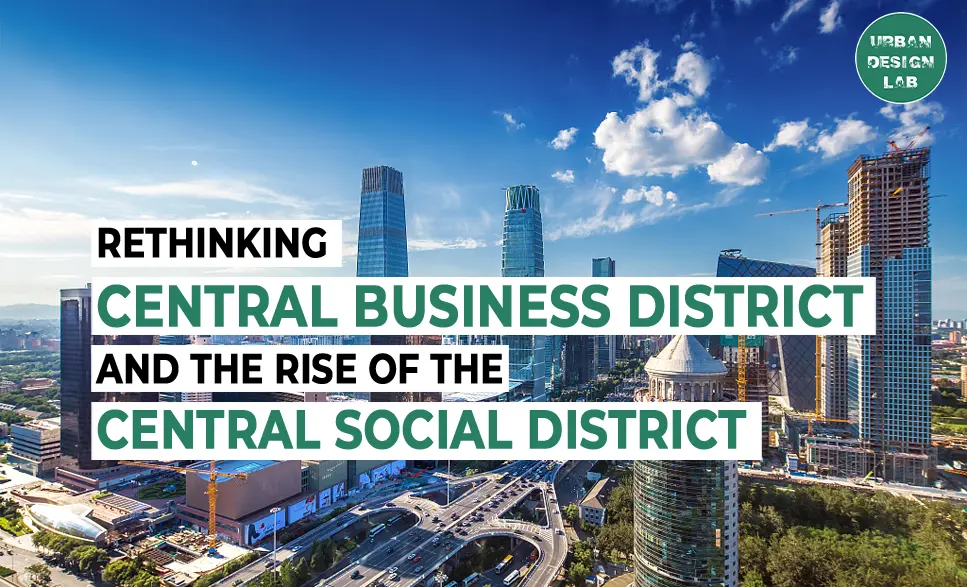
As the global urban population skyrockets, with estimates suggesting 70% of the world’s people will live in cities by 2050, the traditional Central Business District
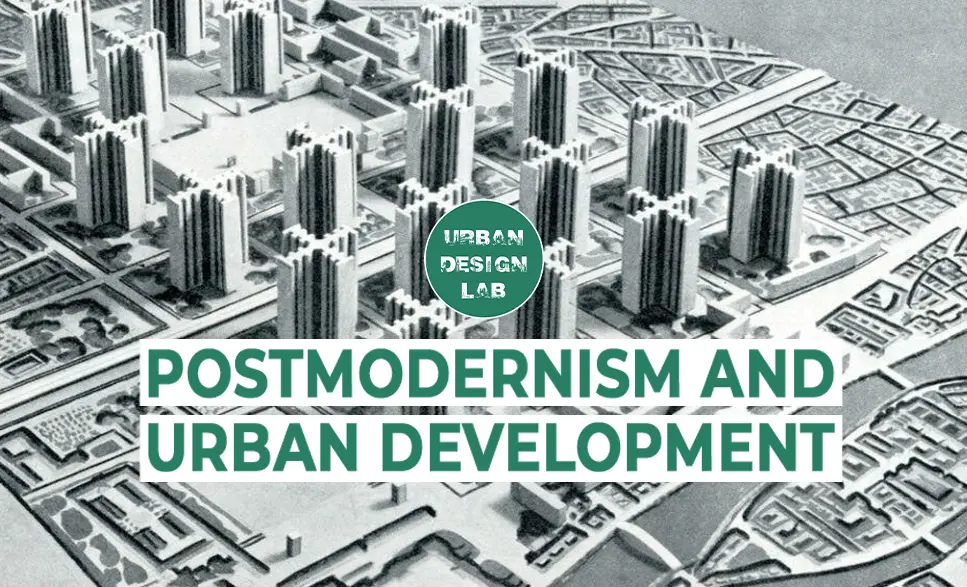
Postmodernism is a broad and often ambiguous term, but at its core, it represents a reaction against the rationalism, functionalism, and homogeneity of modernism.
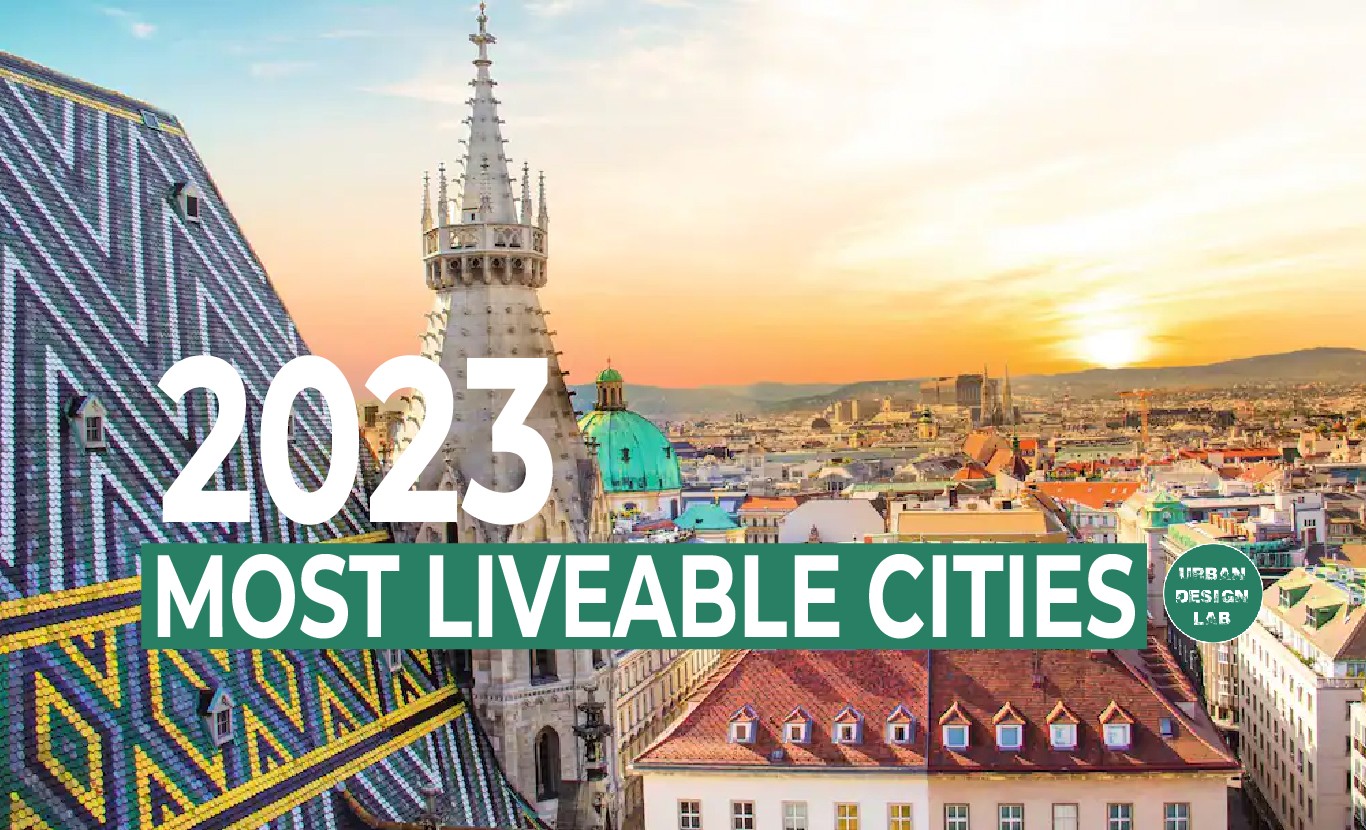
Introduction The term “liveability” has emerged as a crucial metric in evaluating the quality of life in cities across the globe, drawing considerable interest from
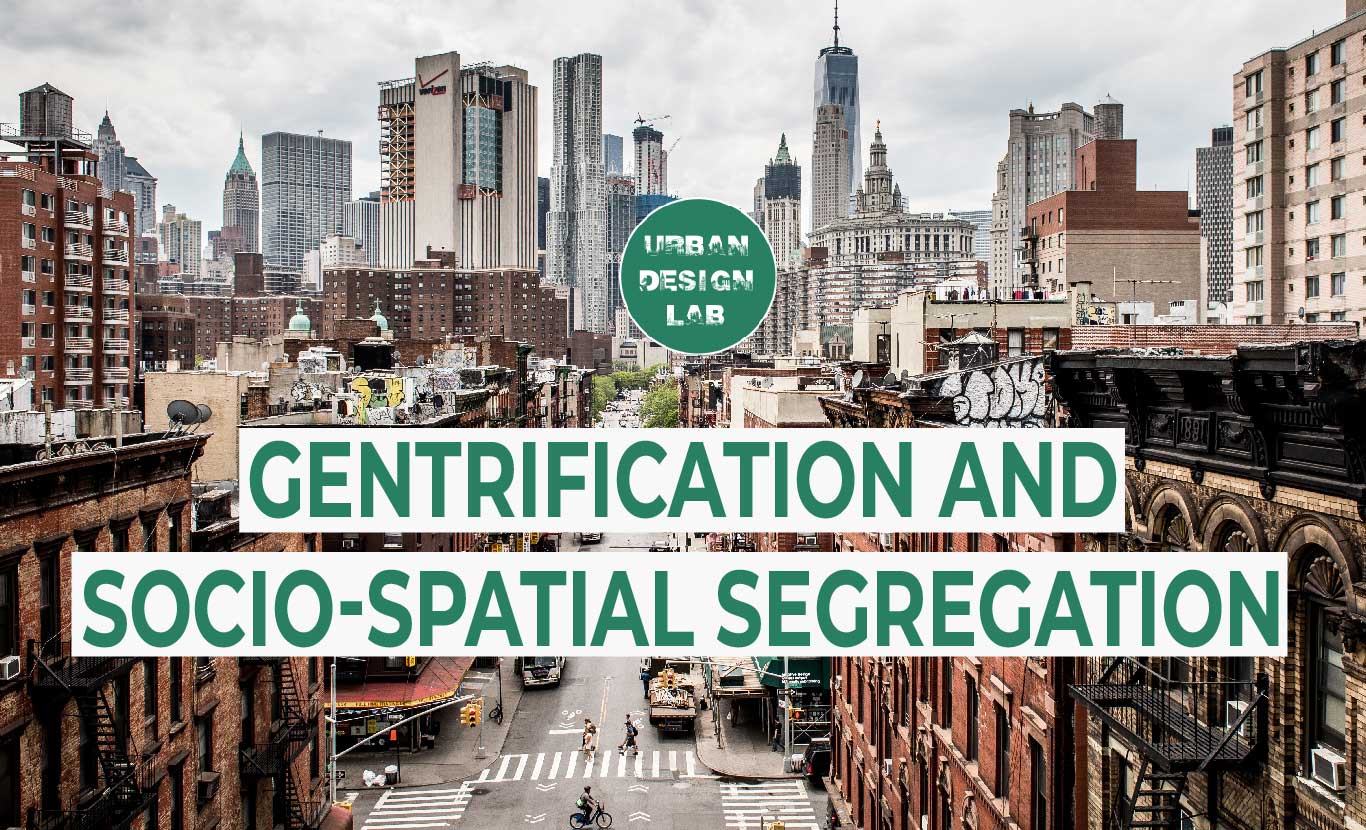
Urban planning is taking place in the country. New policies are being implemented, master plans are being drafted, and a huge chunk of manpower goes
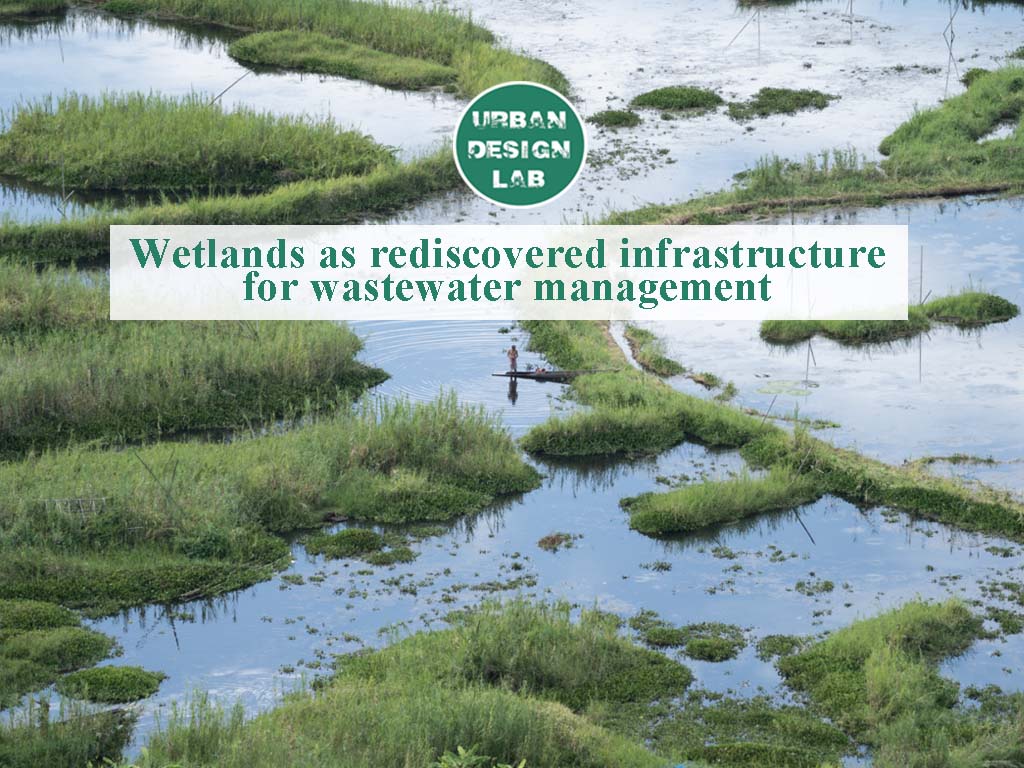
Due to water-scarcity challenges around the world, it is essential to think about non-conventional water resources to address the increased demand for clean fresh water.

Dharavi is Asia’s largest slum development and is largely regarded as an eyesore in Mumbai’s severe urbanity. Open sewage, packed hutments, small lanes, and poor
Visualizing Urban and Architecture Diagrams
Session Dates

Stay updated on workshops, design tools, and calls for collaboration

Please go through our Newsletter Policy
| Cookie | Duration | Description |
|---|---|---|
| cookielawinfo-checkbox-performance | 11 months | This cookie is set by GDPR Cookie Consent plugin. The cookie is used to store the user consent for the cookies in the category "Performance". |
| cookielawinfo-checkbox-necessary | 11 months | This cookie is set by GDPR Cookie Consent plugin. The cookies is used to store the user consent for the cookies in the category "Necessary". |
| cookielawinfo-checkbox-others | 11 months | This cookie is set by GDPR Cookie Consent plugin. The cookie is used to store the user consent for the cookies in the category "Other. |
| viewed_cookie_policy | 11 months | The cookie is set by the GDPR Cookie Consent plugin and is used to store whether or not user has consented to the use of cookies. It does not store any personal data. |
| cookielawinfo-checkbox-functional | 11 months | The cookie is set by GDPR cookie consent to record the user consent for the cookies in the category "Functional". |
| cookielawinfo-checkbox-analytics | 11 months | This cookie is set by GDPR Cookie Consent plugin. The cookie is used to store the user consent for the cookies in the category "Analytics". |

